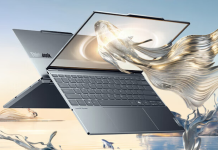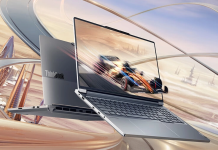The popularity of foldable phones has opened the door to many new products, foremost among them being laptops that benefit from the flexible OLED panels used in these devices. Several foldable laptops are already available for purchase. Now, rollable devices, which seem like the next step, have arrived. Lenovo recently teased its rollable laptop and smartphone (Moto Rizr) at the Mobile World Congress in Barcelona. But are these products the future? Here are the details…
Lenovo’s rollable laptop and smartphone are a compelling, unfinished pitch for the future
Lenovo has recently teased its rollable laptop and smartphone at the Mobile World Congress in Barcelona. New laptop and smartphone have been branded as early proof of concept devices, and representatives from Lenovo would not provide details about when they might be released to the public or how much they might cost.
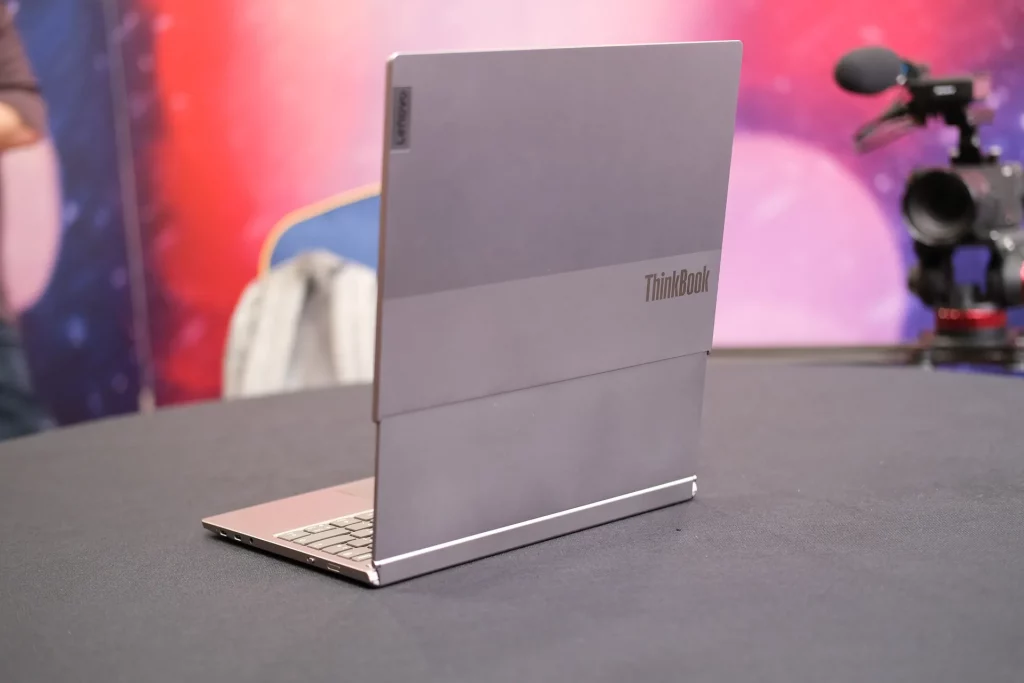
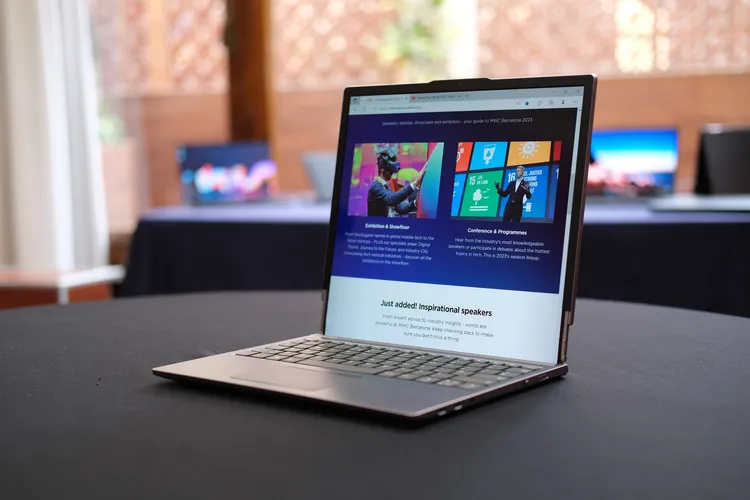
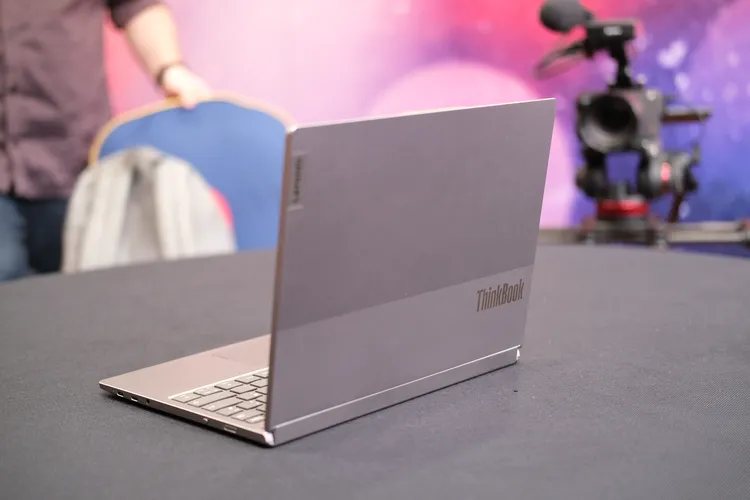
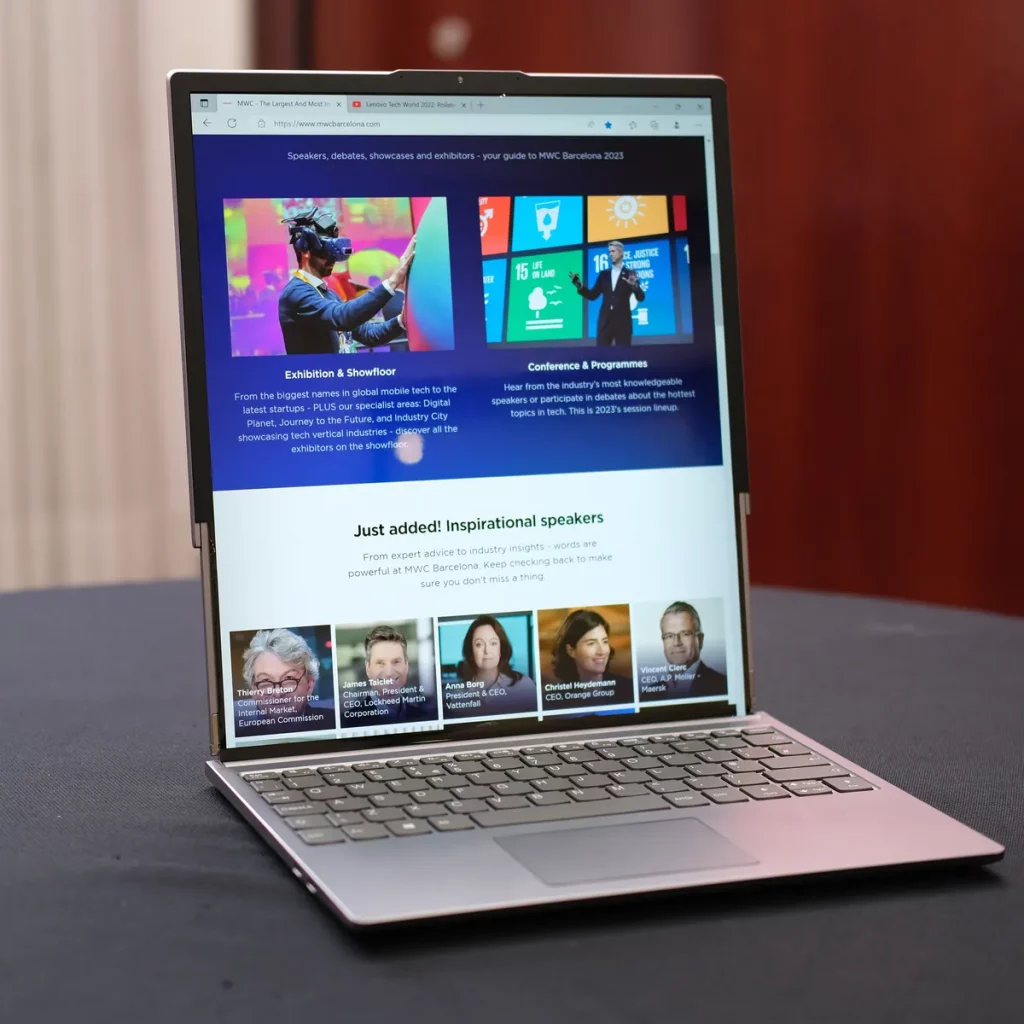
The rollable laptop has a regular-looking 12.7-inch display with a 4:3 aspect ratio before its screen unrolls. With a flip of a switch, a couple of motors in the laptop pull the screen out from underneath the laptop’s keyboard to hoist it up more or less vertically in front of the user, leaving them with an almost square 15.3-inch display with an 8:9 aspect ratio.
The resolution of the display is 2024 x 1604 when it’s in small mode and 2024 x 2368 when fully extended. The screen is supplied by Sharp, which is the same company Lenovo has worked with on its ThinkPad X1 foldable laptops. The rollable laptop’s unrolling mechanism draws a couple of watts of power while in motion, which might not be ideal when compared to laptop batteries that struggle to make it through a day’s use.
The rollable laptop’s display, with its weirdly tall aspect ratio, could be helpful for both office workers and creative professionals. The form-factor could be useful for people who struggle to work on a single small laptop display and have considered buying an external display to work as a portable second monitor.
Lenovo thinks that such a tall display could offer everything from more lines of code to more cells in a spreadsheet, or being able to write on the bottom half of the display while keeping notes and sources visible in the top half. It’s not dissimilar to the dual-screen Yoga Book 9i Lenovo tried out at CES and is due to release in June.
Despite the device looking polished in the demo, Lenovo is nowhere near ready to release the rollable concept as a consumer-ready device. Lenovo has not been forthcoming about durability, weight, or battery life. Lenovo is aiming to get the durability to 20,000 to 30,000 rolls, which is the same as its foldable ThinkPad X1. However, Lenovo did not provide details on how many rolls the prototype can currently survive. Lenovo has already released a foldable laptop, and its foldable laptop’s durability is in the same ballpark as its rollable concept’s durability.
RELATED:
- Our Entire MWC 2023 Coverage Here
- Realme GT Neo5 vs OnePlus 11: Specs Comparison
- Xiaomi & Google Bring New MIUI Gallery Features, Announced 6-month Google One Trial for Xiaomi…
- PC Shipments Drops in the US Markets During the Third Quarter; Claims Canalys Report
- Huawei Reveals the Design of Its Upcoming Huawei Matebook E Go 2-in-1 Laptop Ahead of…
(via)


